Exploring the great outdoors is indeed an invigorating experience, and there’s hardly a more iconic or awe-inspiring place to camp in the United States than the majestic Grand Canyon. With majesty at every turn, from the rugged rim to the winding Colorado River, this natural wonder demands preparation.
Whether you’re setting up at the serene Mather Campground, exploring the untamed North Rim, or seeking solitude near Grand Canyon Village, each step you take must be calculated. At Rogue Traveler, we understand that a well-planned trip is key to making the most of your time along the sprawling South Rim or the remote campground on the North Rim. This checklist will ensure you secure your reservation, obtain the necessary backcountry permit, choose the right RV spot or tent site at National Forest campgrounds, and more.
Stay tuned to discover how the right checklist can turn your Grand Canyon camping trip from good to grandiose. Will you be ready to answer the call of the canyon?
Understanding The Grand Canyon National Park Camping Grounds
The Grand Canyon National Park boasts distinct campgrounds to suit every traveler’s preferences. Here, we highlight three main areas.
1. The South Rim: Home to the bustling Grand Canyon Village and the family-friendly Mather Campground, the South Rim offers well-equipped sites, RV hookups, and easy accessibility year-round. Just a few miles south, the tranquil Desert View Campground provides a more secluded escape. Do remember, reservations on recreation.gov are vital.
2. North Rim Campground: For those seeking splendid isolation, the North Rim Campground, operating from May to October, is your answer. Here, the rim of the Grand Canyon and its panoramic views are just an adventurous stroll away.
3. Backcountry Camping: This one’s for the daring souls! Backcountry camping requires a permit from the National Park Service and with good reason. The undeveloped landscape offers an untamed wilderness experience where preparedness is crucial.
No matter where you pitch your tent or park your RV, each campground is an entryway to an unforgettable adventure. Knowing the right season to visit—from the cooler months on the South Rim to the limited period for the North Rim—is essential to optimize your experience. Reservations and permits? Rogue Traveler has you covered there, too, with enough information to ensure your journey kicks off smoothly. Ready to explore the Grand Canyon’s campgrounds like a pro?
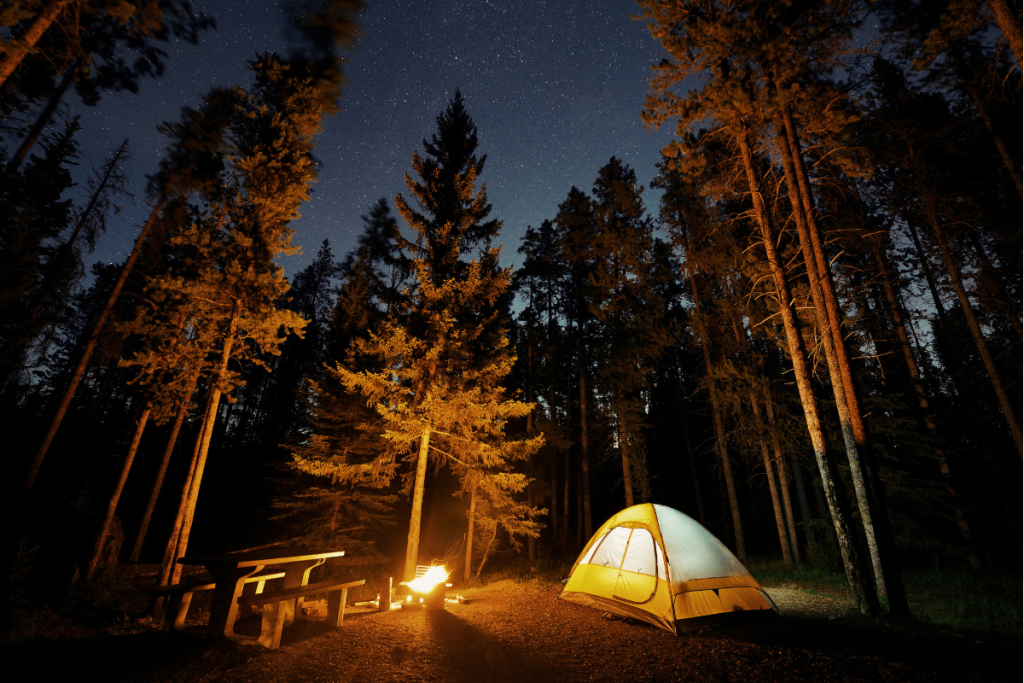
Essential Permits And Passes For The Grand Canyon Campground
Securing the proper permits and passes is the cornerstone of your Grand Canyon camping saga. Here’s the lowdown on what you need to know to make your adventure as smooth as the Colorado River:
- Camping Permits: For backcountry hikes to the revered Bright Angel Campground or along the North Kaibab Trail, remember, permits are your golden tickets. Apply through the Backcountry Information Center, and be aware that these are as sought after as a sunset view from the South Rim.
- Park Passes: Entering the Grand Canyon National Park? A pass is mandatory. Whether you’re reveling in the RV sites at the South Rim Village or aiming for dispersed camping outside the park in the Kaibab National Forest, passes can be procured online or at the park footer.
- Book in Advance: The mantra here is simple: reservations are required. Book your spot from the Ten-X Campground south of Tusayan to the Northern Arizona RV park. Many campgrounds within the park—like the small, beautiful Manzanita Campground—are open all year but don’t rely on last-minute luck.
Planning is key:
- Visit recreation.gov for reservations.
- The Grand Canyon camping guide offers invaluable insights.
- Check campground opening dates: mid-May to mid-October for the North Rim, while the South Rim campgrounds are a year-round haven.
- Remember, each campground per hike might have unique stipulations.
Rogue Traveler’s tip: Always plan and book your permits and accommodations well in advance to avoid the “full” sign that could mar your journey. And with every reservation, embrace the Leave No Trace principles to preserve the pristine beauty of the Grand Canyon for fellow travelers. Your next Grand Canyon experience starts with a click, a call, and a confirmation. Are you ready to reserve your rendezvous with the great outdoors?
Gear And Equipment Checklist
Before you stake your claim at a Grand Canyon National Park campground, ensure you have the arsenal to face the Canyon’s capricious moods and rugged contours. Here’s your quick-packing checklist to match the call of the wild:
- Tents & Shelters: Optimized for rugged terrains like the Kaibab National Forest or the campsites at Mather Campground. Go for a sturdy tent with a sun hood ideal for both shade and shelter from the whims of the weather.
- Sleeping Arrangements: The Canyon’s mood swings from hot days to chilly nights—pick a sleeping bag rated for a range of temperatures. Add a thick pad for comfort against the unforgiving ground.
- Backpacks: Your back’s best friend—choose a high-capacity pack, yet remember, at the backcountry permit office, they say, “Pack it in, pack it out,” so keep it manageable.
- Cooking on the Go: Think portable stoves and lightweight utensils. Bear-proof your food storage at any campground from the South Rim to the more secluded North Rim.
- Clothing Wisdom: Layers are king. From breathable tees to a fleece or windbreaker, be adaptable, just like the weather at the rim of the Grand Canyon.
- Happy Feet: Good hiking boots for the trails and comfy camp shoes when you’re lounging at the Desert View Campground.
- Navigation is Key: Reliable maps, a trusty compass, or GPS devices are non-negotiables for those twisting trails or exploring miles south of Grand Canyon Village.
Remember, a reservation at the North Rim Campground or a spot along the Colorado River won’t complete your trip. Gear up properly, and you’re all set to witness the splendor of the canyon from the comfort of your well-appointed base camp!
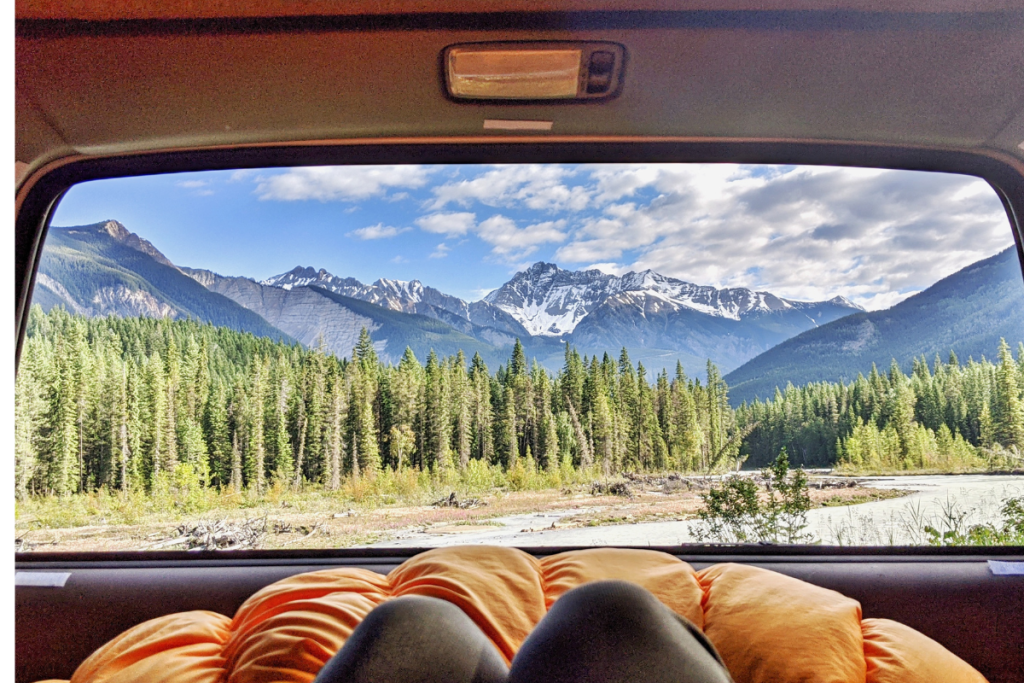
Food And Water Essentials
Whether trekking the South Kaibab Trail or camping at Bright Angel Campground, hydrating and nourishing yourself is crucial. Here’s what you need to know about food and water essentials for your Grand Canyon adventure.
How Much to Bring
- Plan to consume 2 liters of water per day, minimum.
- Carry extra water for emergencies.
- Bring high-energy, non-perishable food items for easy packing and consumption.
Importance of Hydration
- The arid climate and high elevations of the North and South Rims increase the risk of dehydration.
- Refill water at designated spots like South Rim Village.
- Use water treatment options such as filters or purification tablets for water sources along the trails.
Non-Perishable Food Suggestions
- High-calorie protein bars or meal replacement bars.
- Dried fruit and nuts are good for healthy snacking.
- Dehydrated meals or pre-packaged camping food for quick preparation.
Bear-Proof Food Containers
- Keep wildlife safe and protect your supplies by using bear-proof containers.
- Follow Leave No Trace principles and store food at designated use areas at least 100 feet from your sleeping area.
With these essentials, you’ll be well-prepared to enjoy your camping experience at the majestic Grand Canyon National Park. Make sure to make campground reservations beforehand and consult the Backcountry Information Center if needed. Happy trails!
Health And Safety Must-Haves
When camping in the Grand Canyon National Park, be it the South Rim or the North Rim, safeguarding your health and well-being is paramount. Here’s what you shouldn’t neglect:
First-Aid Kit
- Equip yourself with a first-aid kit tailored for this challenging environment. Your kit should include bandages, ointments, antiseptic wipes, and necessary medications.
Sun Protection
- The desert sun can be harsh in the Grand Canyon. Don’t underestimate the power of UV radiation!
- Pack a broad-spectrum sunscreen, a wide-brimmed hat, and UV-protective clothing. Seeking shade isn’t always an option on the rim of the Grand Canyon.
Wildlife Encounters
- Keep a respectable distance from all wildlife and never feed them; preserving their natural diet is vital.
- Awareness and respect for wildlife ensure safe encounters at maintained campgrounds like Mather Campground.
Emergency Signaling Devices
- When disconnected from the rest of the world at the bottom of the canyon near the Colorado River, ensure you have a plan to signal in case of emergencies.
- Items like mirrors, flares, or emergency beacons can make a significant difference. Happy and safe camping!
Environmental Considerations And Leave No Trace
From the South Kaibab Trail to Bright Angel Campground, the Grand Canyon is a stunning canvas of nature’s grandeur. While camping, remember to respect this cherished landscape and adhere to Leave No Trace principles.
Principles of Leave No Trace
- Plan ahead and prepare.
- Stay on established trails and within designated use areas.
- Dispose of waste properly – pack it in, pack it out.
Waste Disposal
- Trash should be packed out. Leave natural areas as you find them.
- Deposit human waste in “cat holes” 6-8 inches deep or utilize provided toilets at the north and south rims and most campgrounds within the park.
Campfires
- Within Grand Canyon National Park, campfires are restricted to provided fire pits at front-country campgrounds.
- Understand local restrictions before making a fire when dispersed camping outside of established RV sites.
Respecting Wildlife
- Do not feed or approach wildlife.
- Set up camp at least 50 yards from any water source to respect the habitats of local fauna.
Keep these guidelines in mind while planning your Grand Canyon camping guide adventure. Reservations are often required, particularly at popular campgrounds like the South Rim Village and North Kaibab. These precautions ensure everyone can enjoy the majestic rim of the Grand Canyon. Remember, the park you enjoy is everyone’s to keep and treasure.
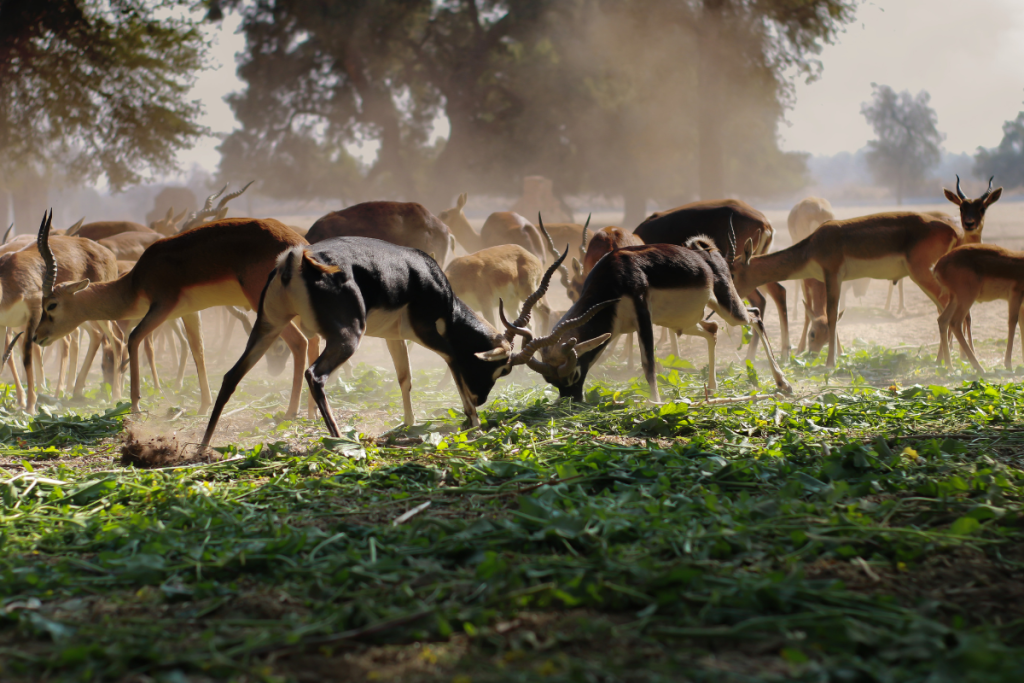
Tips And Tricks For A Successful Trip
Embarking on a camping trip in the Grand Canyon National Park? Here are some handy tips to consider.
Weather-Specific Advice for the Grand Canyon
- Summer gets very hot, especially at the bottom near the Colorado River. Stay hydrated!
- Winter camping? The North Rim Campground closes due to snow, but Mather Campground at the South Rim is open all year. Dress accordingly!
Insider Tips
- Make your reservation in advance, especially in peak season.
- If possible, spend a night at the rim to acclimate to the elevation before heading into the canyon.
- Grand Canyon Village has great options for RV camping. For tent camping, you might enjoy the quiet of Desert View Campground.
Avoiding Common Mistakes
- Don’t underestimate the need for water and sun protection.
- Don’t skip the backcountry permit if you’re camping anywhere other than established campgrounds.
- Always check with the National Park Service on local conditions and any possible restrictions.
Whether this is your first Grand Canyon camping experience or you’re a seasoned visitor, following the proper steps will ensure a fun, safe, and responsible visit. Remember, secured campground spots, ample hydration, and respecting the beautiful environment are key.
We’d love to hear your Grand Canyon camping stories or if you have any further tips! Share and help create the ultimate Grand Canyon camping guide. Enjoy your adventure responsibly!

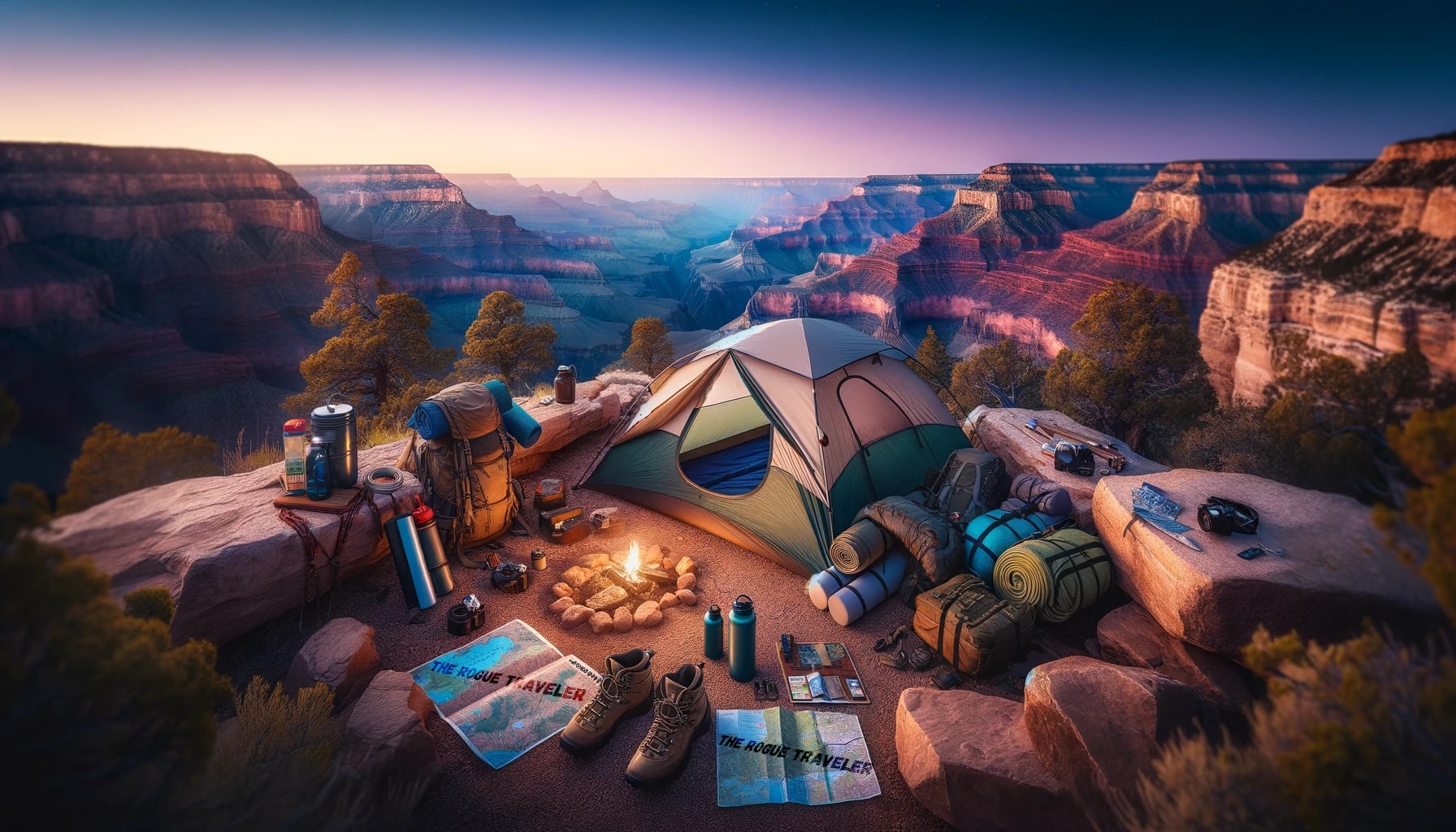
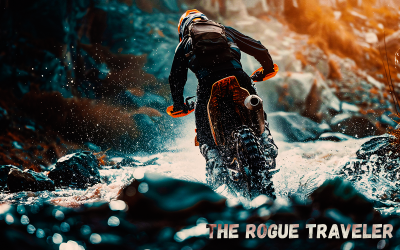
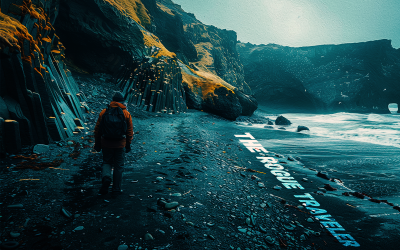
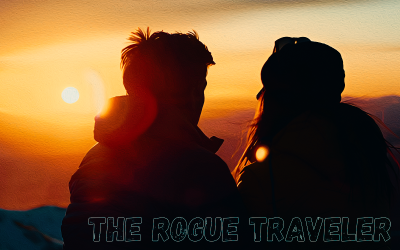
0 Comments